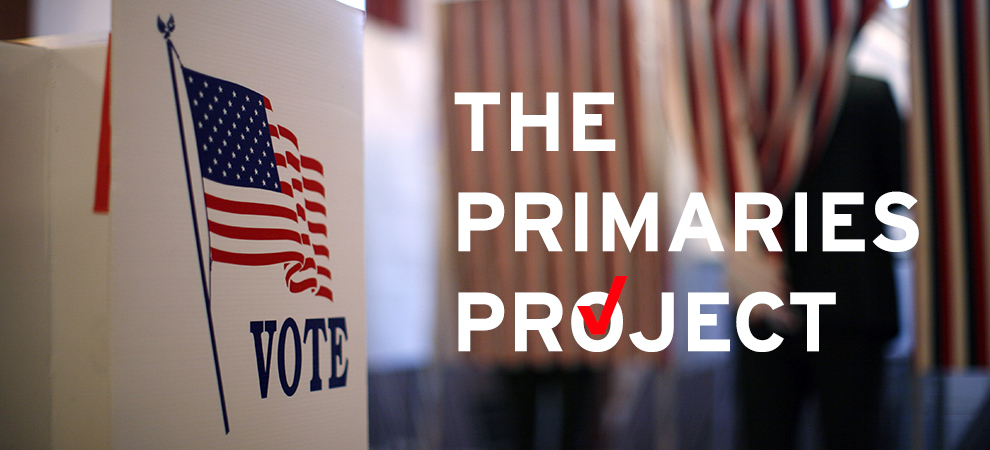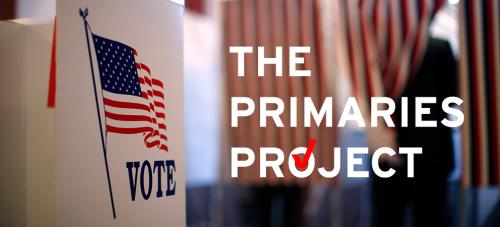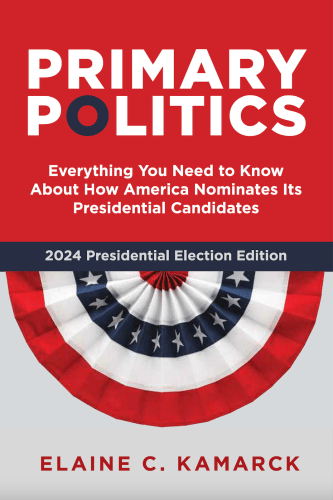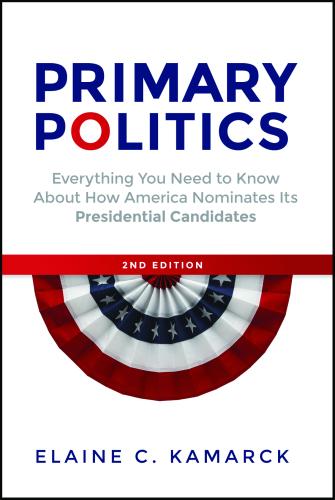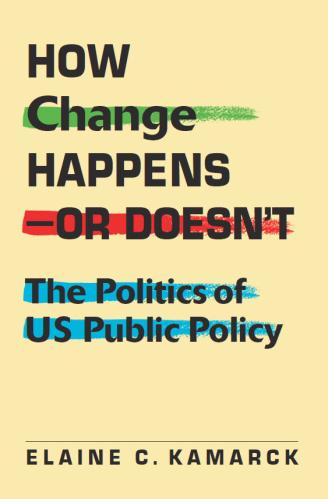The two American political parties are, as the saying goes, “big tents.” They have to be. The underlying structure of the American system, winner-take-all rules for the election of House members, Senators and President (through the Electoral College) means that coming in second, let alone third or fourth, is meaningless in terms of governing.
Which is why, in a winner-take-all system third parties are simply spoilers. They rarely last for more than a few election cycles and then, their issues and voters are subsumed into one or the other major party.
But the persistence of two-party government doesn’t mean that change is absent. Change happens continually; you just have to look within each political party. In the years following the Civil War the Republican Party, while dominant, was in a continual internal battle between “Mugwumps”, “stalwarts”, and “half-breeds.” By the turn of the century they were challenged by Progressives and later, in the 1950s, by “New Right” Republicans. Today’s Tea Party movement stands in a long line of internal challenges to whoever held the reins of power within the Republican Party.
Ditto for the Democrats who were, after all, the party of segregation after the Civil War and subsequently turned into the populist, “cross of gold” party at the end of the nineteenth century. Their transformation into the party of civil rights, women’s rights and then New Democrats was the result of a series of internal factional battles.
In modern American politics, the place to see why and how parties change is in the primaries, and that is why we set out to study the 2014 congressional primaries. We focused not just the “hot” congressional primaries but on every Congressional primary where there was a contest—even if the challenger was not likely to win. Primaries are relatively new to the American political scene. For most of our history, contests between factions over who would be the party’s standard bearer and what issues they would represent, took place in the proverbial smoke filled rooms of state party conventions.
Here at Brookings we set out to learn more about the factional divisions within each party. In this first ever comprehensive look at parties, my co-author Alex Podkul and my team here in Governance Studies looked at all 1,662 candidates in the 2014 primaries and coded them on a variety of variables based upon their websites and on links available through their websites. We realize that this isn’t a perfect way to study primary candidates but it has the value of consistency, and bases measurement on the candidates’ public faces which voters evaluate. In the future, we hope to get more sophisticated as time and resources permit.
Factions drive ideas within the political parties. And that’s what our analysis of 2014 illustrates. But we know that there is much more to be learned from this database. By making it available to scholars of American politics and American political parties we hope that others will glean insights into the nature of our party system and into the roots of our democracy.

